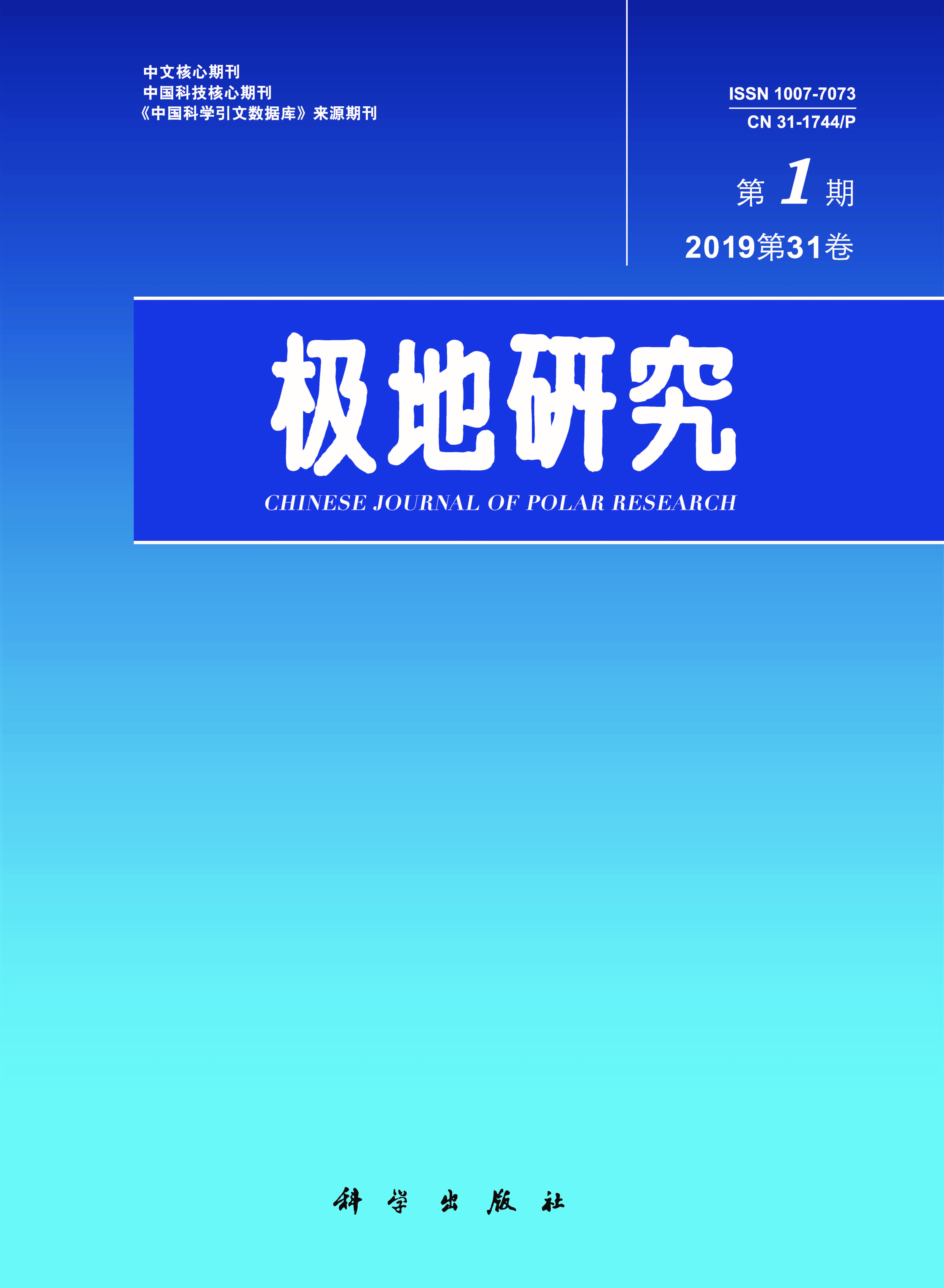The continental margin of Wilkes Land and Terre Adélie, East Antactic, occupies a key position for understanding the separation process of Australia and Antarctica in the Late Cretaceous. However, the geology of this area is still poorly understood, especially in the structural-sedimentary evolution. Based on the interpretation of multi-channel seismic profiles across the Wilkes Land and Terre Adélie continental margin, the characteristics of structure and sedimentation in this area are studied. Two regional unconformities are recognized in the seismic profiles, named tur unconformity and eoc unconformity, respectively. Three structural units, rift sequence S3, post-rift sequences S2 and S1, are divided by the two unconformities. The S3 is mostly constituted by syn-rift volcaniclastic rock and fault titled volcanics. On the contrary, hemipelagic turbidity sediments, ooze mud and clay comprise the post-rift sequences S2 and S1. The structural deformation characteristics of different parts of Wilkes Land Terre Adélie continental margin vary dramatically. In western Wilkes Land, S3 was limited and rarely developed in the transition region of slope to deep-sea basin while thick S2 and S1 deposited. In eastern Wilkes Land, thick S3 was deposited and many high angle normal faults developed. The deformation of Terre Adélie was characterized by the development of Adélie Rift Block which was a submarine plateau detached from the continental margin and a major boundary normal fault may developed in the continental side of the block. The differences in structural deformation among the west and east Wilkes Land, Terre Adélie, may due to the heterogeneities of rifting The continental margin of Wilkes Land and Terre Adélie, East Antarctic, occupies a key position for understanding the separation process of Australia and Antarctica in the Late Cretaceous. However, the geology of this area is still poorly understood, especially in the structural-sedimentary evolution. Based on the interpretation of multi-channel seismic profiles across the Wilkes Land and Terre Adélie continental margin, the characteristics of structure and sedimentation in this area were studied. Two regional unconformities were recognized in the seismic profiles, named tur unconformity and eoc unconformity. Three structural units, rift sequence S3 and post-rift sequences S2 and S1, were divided by the two unconformities. The S3 is mostly constituted by syn-rift volcaniclastic rock and fault titled volcanics. Conversely, hemipelagic turbidity sediment, ooze mud, and clay comprise the post-rift sequences S2 and S1. The structural deformation characteristics of the different parts of the Wilkes Land and Terre Adélie continental margin varied dramatically. In western Wilkes Land, S3 was limited and rarely developed in the transition region of the slope to deep-sea basin while thick S2 and S1 were deposited. In eastern Wilkes Land, thick S3 was deposited, and many high angle normal faults developed. The deformation of Terre Adélie was characterized by the development of the Adélie Rift Block, which was a submarine plateau detached from the continental margin. A major boundary normal fault may have developed on the continental side of the block. The differences in structural deformation between the west and east Wilkes Land and Terre Adélie might attribute to the heterogeneities of rifting resulting from the anticlockwise rotation of the Australia plate during the separation with the Antarctic. On the seismic profiles, basement ridges in the COT(Continent-Ocean Transition) area were clearly recognized. These basement ridges may be serpentinized peridotite formed by mantle intrusion in the crust extension area, which resulted in the magnetic anomaly in the COT.which results from the anticlockwise rotation of Australia plate during the separation with Antarctic. In the seismic profiles, basement ridges in the COT area were clearly recognized. These basement ridges may be the serpentinized peridotite formed by the mantle intrusion in the most crust extension area, which resulted in the magnetic anomaly in the COT.

